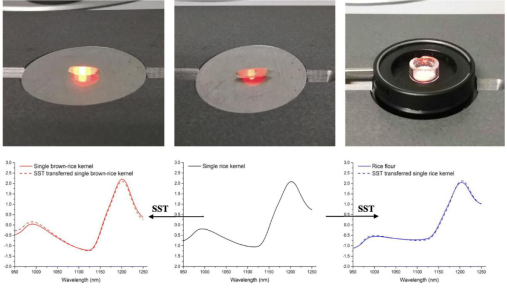Mobile Fans product features Widening mobile large fan,Reinforced mobile large fan,Widened and reinforced large fan Julai (Chongqing) ventilation equipment Co.,Ltd , https://www.julaifans.com
1. Natural Breeze: Mobile large Industrial Fans can blow out a large area of natural breeze, greatly increasing air mobility, allowing the air in tall spaces to circulate in all directions and in three dimensions, forming a continuous natural breeze that blows to the human body like a spring.
2. High air volume: Low speed, high air volume, large coverage area, generating large air supply, effective air supply distance up to 30 meters.
3. Low energy consumption: A super large industrial fan with a blade diameter of 2 meters has a maximum operating power of only 750W, low power consumption, and less than 1 kWh per hour.
4. Low noise: Quiet operation, with noise as low as 43dB (A), and only wind noise when large industrial fans are running.
5. Continuously variable speed: It adopts an imported variable frequency speed control knob switch, which can accurately control the speed and air volume according to the requirements of different customers in different places. The operation is simple and convenient.
6. Convenient to move: Four universal casters are installed at the bottom of the industrial fan, which can be moved or fixed anytime, anywhere.
7. Modular humanized design: Modular design provides convenience for subsequent after-sales service and effectively overcomes the inconvenience of long-distance transportation and assembly of ultra large industrial fans.
New progress in single-particle near-infrared detection technology for crops where technical organisms are located
[ Instrument Network Instrument Development ] Recently, the research team of Wu Yuejin, a researcher at the Institute of Technical Biology, has made new progress in crop single-particle near-infrared spectroscopy. Related work has been published online by the Spectrochimica Acta Part A: Molecular and Biomolecular Spectroscopy.
The SST algorithm can transfer the near-infrared diffuse transmission spectra of three forms of rice (single-grain rice, single-grain brown rice, rice flour)
Single-particle near-infrared detection (SKNIRS) refers to the detection of crop components using near-infrared spectroscopy at the individual crop level. Because of its fast and non-destructive advantages, this technology is expected to be applied to the breeding industry to improve crop breeding efficiency and shorten the breeding cycle. However, due to the spectral absorption of crop hulls, the uneven distribution of particle morphology and composition of single crops, and the low accuracy of chemical detection methods at the single-grain level, the accuracy of SKNIRS analysis results is limited, which limits the breeding of the technology. application.
To this end, Wu Yuejin's research team proposed a single-particle near-infrared detection technique based on model transfer optimization method, and explored the application of this method by taking the protein content detection of single-grain rice as an example. Model transfer is often applied to spectral correction between different instruments and was innovatively applied to solve single-particle detection problems in this study. Through a model transfer algorithm-spectral space conversion (SST), the research group transferred the single-grain rice into the spectral form of single-grain brown rice and rice flour, and predicted it with a single-grain brown rice and rice flour model. The spectrum after the SST algorithm is similar to the real spectrum, and the prediction results are close to or even better before the transition. Thus, the difficulties encountered in the near-infrared spectroscopy of single crops are expected to be overcome by the method of transferring the spectra into other forms of the crop. The method enriches the single-grain crop spectrum detection method, and is expected to be popularized and applied in the detection of more single crop components.
The work was supported by the Science and Technology Special Project of the Chinese Academy of Sciences and the National Natural Science Foundation.
(Original title: New progress in single-particle near-infrared detection technology for crops where technical organisms are located)
